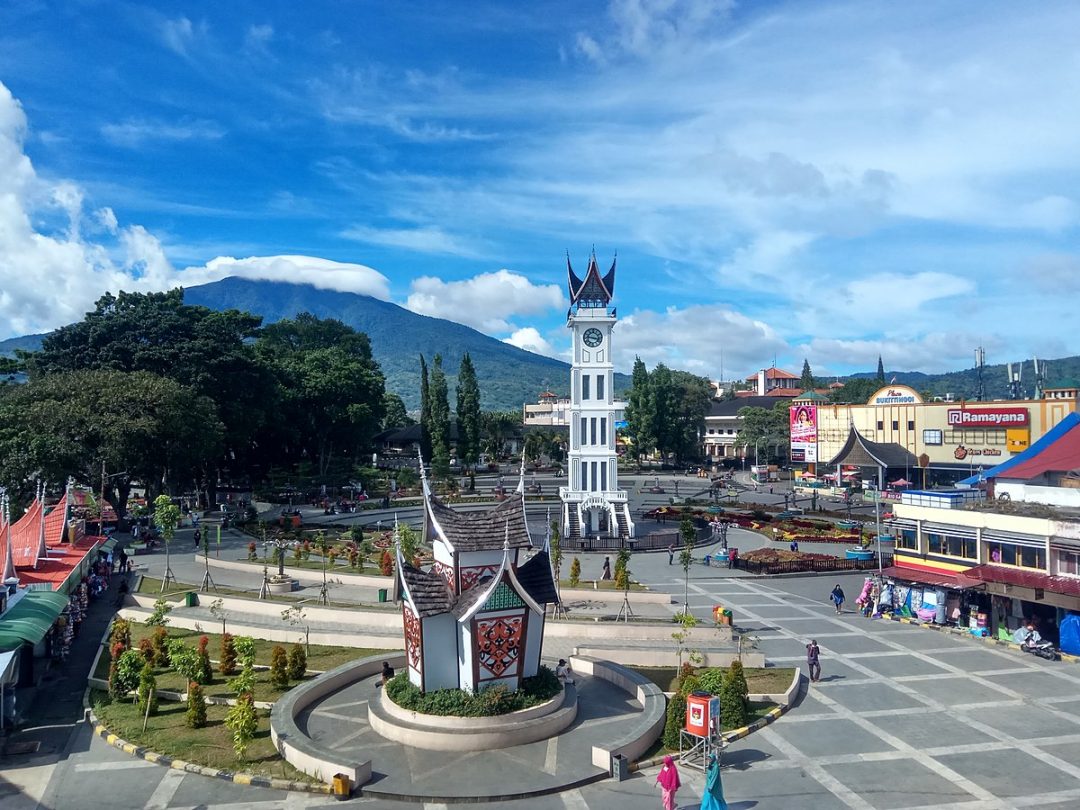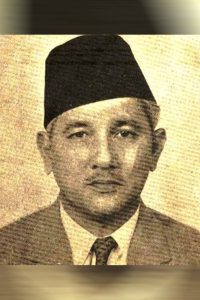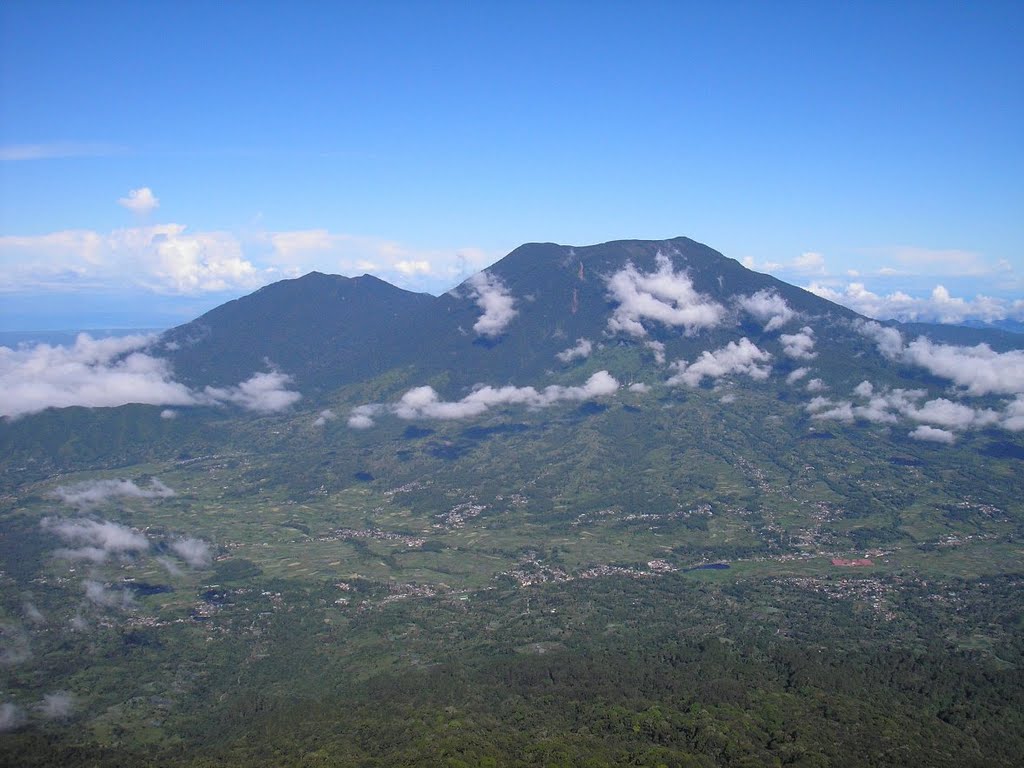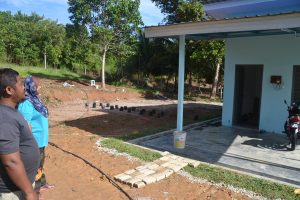
The Road to Bukittinggi: Aziz Ishak’s Rendition in his Mencari Bako
In his Mencari Bako (Searching for Roots), published in 1983, a memoir of his journey in search of origins and ancestors, Abdul Aziz Ishak tells us the story about his larger family, his encounters with fellow Minangkabaus and community, and the history of the Malays. His ancestors traversed their way to what is now North Sumatra from Pagaruyung, and Payakumbuh. And in the ways of the merantau, finally took residence in what is now Minden and Batu Uban, Pulau Pinang. Aziz (1913 – 1999) former colonial civil servant, journalist and politician was a Minister under Tunku Abdul Rahman’s cabinet.
Earlier in his life, Aziz was not impressed with the Minangkabaus. He was not proud to claim his “Minangkabau origins.” In school and his youth, he could not recall “meeting a single Minangkabau boy…among the student population.” His early impressions changed when Utusan Melayu in 1939 took in, as editor, one Haji Abdul Rahim Kajai.
Aziz’s subsequent engagement with several Minangkabau figures over the decades altered his worldview. This included a meeting with Sutan Sjahrir in 1947, Indonesia’s first prime minister “that the boyhood perception of the character of my Minangkabau kith and kin was completely erased from my mind.” When Aziz moved from Singapura to Kuala Lumpur in 1948 he befriended many Minangkabau perantaus. Among them was reformist ulama Sheikh Tahir Jalaluddin and Dr. Mohamed Razif, the first Indonesian ambassador to Malaya in 1957. Razif was from Koto Gadang in Bukittinggi.

Aziz also related how be came to know Thaharuddin Ahmad, who hailed from Barulak, situated about midway between Bukittinggi and Payakumbuh. Thahar was to travel with Aziz together from Medan to Bukittinggi in June of 1975. To some extent, Thaharuddin would be a main character in Aziz’s Mencari Bako. It was in his days with Utusan Melayu that Aziz crossed path with Thahar. Sometime toward the end of 1946, Tahar was appointed the Singapura representative of Antara, the Indonesian national news agency.
Among Thahar’s colleagues then was Adam Malik, head of Antara (later to become foreign minister and vice-president of Indonesia), and Mokhtar Lubis, who was to became an exemplary journalist of international repute.
Thahar, after having been involved in Indonesia’s struggle for independence, left Singapura to settle in Pulau Pinang. Than in 1975, Thahar took leave from the Indonesian Consulate in Pulau Pinang for a two-week long delayed plan to visit his kampung, Barulak, in the Minangkabau heartland. Aziz then broached the idea of accompanying Thahar to visit the land of his (Aziz’s) ancestors. It took two months to plan before they left in June of that year.
Bukkittinggi was slightly more than a thousand kilometres from Medan. The journey by express bus would take some 24 hours, “crossing three mountain ranges, stretching from Permatang Siantar in North Sumatra to Bukittinggi in Central Sumatra (what is now Sumatra Barat).
In the search for his ancestors, Aziz’s paramount objective was obviously a visit to Pagaruyung. He also wanted to observe at close range, the culture and customs of the Minangkabau people and the architecture of their houses. They boarded the Bunga Setangkai bus in Medan. It departed at 10.40 am. Their first stop was Permatang Siantar, at just after 1.00pm. At their first stop for lunch, Aziz availed himself to Minangkabayu-style Nasi Padang.

The first few hours after Permatang Siantar was, according to Aziz, quite uneventful. Then before reaching Prapat, a town on the eastern shore of Lake Toba, where the bus picked up two more passengers, he was rather thrilled by the breath taking scenery of the lake and the Samosir island seen from a mountain pass. It was awe-inspiring. They then passed a place called Balige and soon reached the Bukit Barisan, the second range of mountains in central Sumatra.
Here, the road grew “harsher and more jagged with the road running through frightening crests.” They then passed Tapanuli, the settlement of the Mandailings, Adam Malik’s clansmen. And some two and a half-hours after midnight, they stopped over at “Rao, the home of the Rawa people,” 320 kilometers from Pagaruyung.
According to Aziz, throughout the journey, they were continuously entertained with music from the cassette player in the bus. They were played according to the locality the bus passed through – the folklore of the Simalungun Bataks, at the Toba region, the renditions of the Prapat singers, which Aziz used to hear from Radio Medan. Then Prapat tunes were heard in leading hotels in Kuala Lumpur and Singapura. From Batak sentimental music in Toba to Minangkabau evergreens – “Ayam den Lapeh” and “Kampung dan Rantau;” and not forgetting the lilting voice of Titik Puspa and the rich baritone of Oslan Husin – familiar voices on Radio Malaya/Malaysia in the 1960s and 70s.
Approaching Bukttinggi, they “were heralded by the two great mountains of Merapi and Singgalang…lofty sentinels at the entrance to the mother city of the heartland.” At 8.30 am the next morning, they saw the peaks of the volcanoes “standing in august dignity before a clear blue morning sky.”
Aziz expressed his excitement and “felt that I was being welcomed to the land of my ancestors.” They stayed at Hotel Denai in the centre of town. In the cool and delightful weather, they took a bendi, a tiny horse -cart which tilted from end to end when a passenger boarded it, and arrived at a Minangkabau restaurant. Forty varieties of dishes were offered. Indeed. Pagaruyung awaits.
NEXT WEEK: Khabar from Tanjong
Prof. Dato’ Dr. Ahmad Murad Merican is Professor of Social and Intellectual History with the International Institute of Islamic Thought and Civilization, International Islamic University (ISTACIIUM). He is a Senior Fellow with the Southeast Asia Research Centre and Hub at De La Salle University, Manila, the Philippines.


